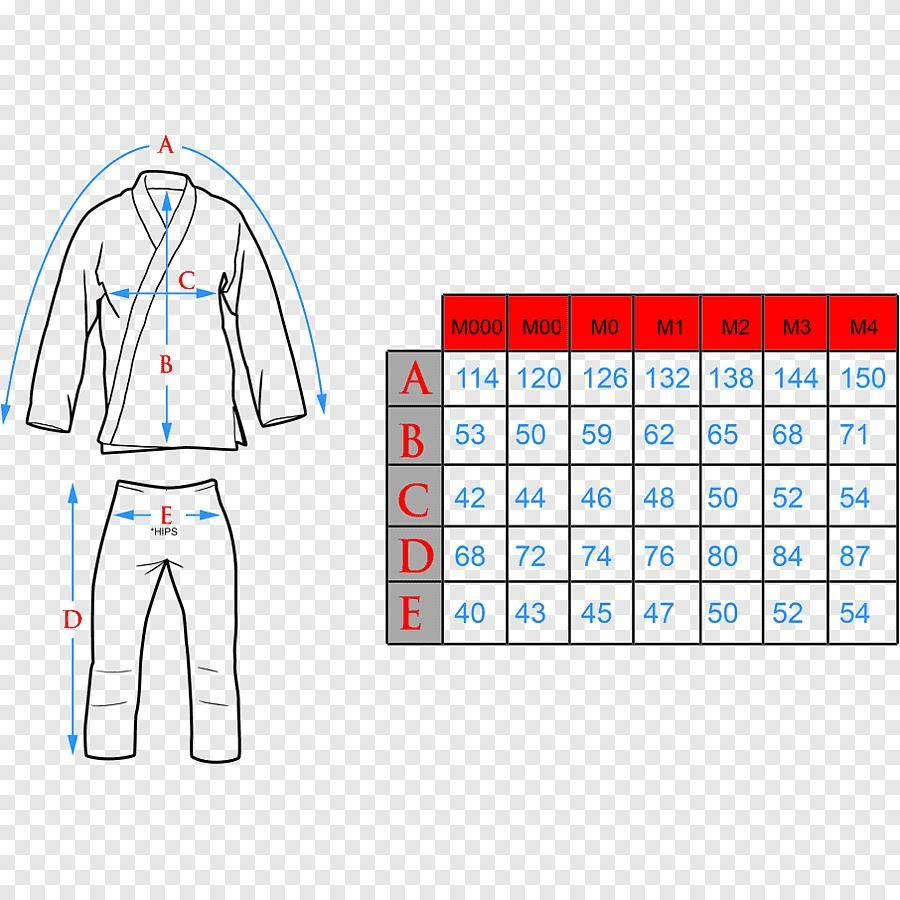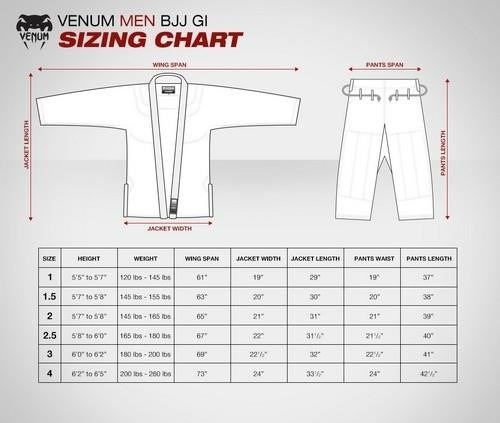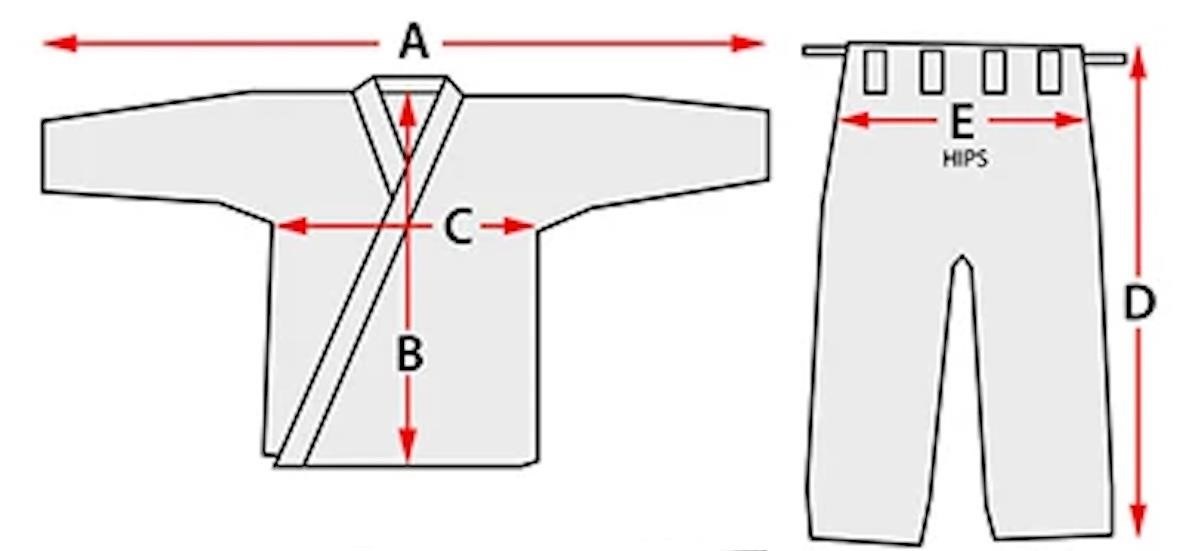Jiu Jitsu Gi Size Guide⁚ A Comprehensive Overview
Finding the perfect-fitting Jiu Jitsu Gi is crucial for comfort and performance. This guide provides a detailed overview of sizing systems, including adult (A0-A6), kids’ (M0-M4), and women’s variations. We’ll cover measuring techniques, brand-specific charts, and considerations for body type and training style.
Understanding BJJ Gi Sizing Systems
Brazilian Jiu-Jitsu (BJJ) gi sizing can initially seem confusing, but understanding the underlying principles simplifies the process. Most brands employ a system using alphabetic and numeric designations. Adult sizes typically range from A0 to A6, with A0 representing the smallest adult size and A6 the largest. The numerical component indicates the size increment, with higher numbers correlating to larger sizes. Some brands incorporate additional size modifiers, such as “L” (long) or “H” (heavy), catering to athletes with taller or more muscular builds. These additions help to ensure a more precise fit, addressing variations in body proportions beyond basic height and weight.
Children’s gis follow a distinct sizing system, often using “M” followed by a number (e.g., M0, M1, M2, etc.). This system is specifically tailored to the smaller physiques of younger practitioners. Women’s gis may also have their own size chart, though some brands might use the same chart as men’s, with adjustments in the cut and fit. It’s essential to remember that sizing varies significantly between brands, so always consult the specific brand’s size chart before purchasing.
Standard Adult Sizing (A0-A6)
The standard adult BJJ gi size chart typically ranges from A0 to A6. A0 represents the smallest size and A6 the largest, with each subsequent letter representing an increase in size. However, it’s crucial to understand that this is a general guideline, and the actual measurements can vary significantly between brands. Some manufacturers provide detailed size charts specifying jacket length, sleeve length, pants length, and other dimensions for each size. This allows for a more precise fit based on individual body measurements. While height and weight are often used as initial reference points, it’s advisable to consult the detailed specifications provided by the manufacturer to achieve optimal comfort and movement during training.
Keep in mind that even within the A0-A6 range, variations exist to accommodate different body types. Some brands offer “long” (L) or “heavy” (H) variations for taller or more muscular individuals. These variations adjust the overall length and width of the gi to provide a more tailored fit. Before purchasing, always check the specific size chart for the chosen brand and model of gi. This ensures you select the most appropriate size based on your individual body measurements and preferences. Ignoring this step can lead to a gi that is either too tight, restricting movement, or too loose, offering inadequate support.


Kids’ Gi Sizing (M0-M4)
Children’s BJJ gis utilize a different sizing system compared to adult gis. Commonly, kids’ gis are sized from M0 to M4, with M0 being the smallest size and M4 the largest. This system caters to the varying sizes and growth rates of children. Similar to adult gis, the exact measurements can vary between brands, so it’s vital to refer to each manufacturer’s specific size chart. These charts often provide detailed measurements for jacket and pant lengths, ensuring a proper fit for your child’s age and build. While height and weight are useful starting points, it is recommended to measure your child’s height and weight and compare these measurements to the brand’s specific size chart.
Some manufacturers may also offer additional sizing options, such as using numerical sizes (000, 00, 0, 1, etc.) instead of or in addition to the M0-M4 system. This can add to the complexity of selecting the right size, further highlighting the need to consult the individual brand’s size guide. Remember that a well-fitting gi is crucial for a child’s comfort and safety during training. A gi that is too large can create tripping hazards, while one that is too small can restrict movement and cause discomfort. Accurate measurement and careful consideration of the brand’s size chart are vital for selecting the appropriate size for your child’s BJJ journey.
Women’s Gi Sizing Variations
While some brands utilize a unisex sizing chart for their gis, many recognize the need for specific women’s sizing. Women’s BJJ gis often differ from men’s in cut and proportion to better accommodate the female physique. The standard A-size system (A0-A6) might be used, but the measurements corresponding to each size will often be adjusted to fit a woman’s shape. Some brands use a separate sizing system altogether for women’s gis, using letters (such as F0-F4) or a combination of letters and numbers. Always check the brand’s size chart, as these differences are not standardized across all brands. Pay close attention to the jacket length and width measurements, as well as the pant length and waist size, to find the most comfortable and appropriate fit.
Consider your body type when selecting a women’s gi. Some brands offer specific cuts for different body shapes, such as slim, athletic, or curvy builds. These cuts can significantly improve the fit and comfort of the gi. If you are between sizes, it is generally recommended to select the larger size to allow for freedom of movement during training. A gi that is too tight can restrict your range of motion and even cause discomfort, while a gi that is too loose can be cumbersome and may create safety risks.
Brand-Specific Size Charts⁚ The Importance of Checking
A critical aspect of finding the perfect Jiu Jitsu gi is understanding that sizing isn’t standardized across brands. What constitutes an “A2” in one brand might be closer to an “A3” or even “A4” in another. This variation stems from differences in manufacturing processes, fabric types, and the brand’s target demographic. Some brands might cater to taller or more muscular individuals, leading to adjustments in their size charts. Others might favor a slimmer or more athletic fit. Therefore, relying solely on a generalized size chart is unreliable and could lead to a poorly fitting gi.
Always consult the specific size chart provided by the brand and model of gi you’re considering. These charts usually include detailed measurements for the jacket (length, width, sleeve length) and pants (length, waist, hip). Many reputable brands provide both height and weight recommendations alongside these measurements, giving you a more comprehensive guide. Don’t hesitate to compare multiple size charts from different brands to better understand how their sizing systems relate to your measurements. Remember, a correctly sized gi is essential for optimal performance and comfort on the mats. Ignoring brand-specific charts is a surefire way to end up with an ill-fitting gi.
Measuring Yourself for the Perfect Fit⁚ Height and Weight
Before diving into brand-specific size charts, accurately measuring your height and weight is paramount. Use a reliable measuring tape and scale to obtain precise measurements. Stand tall and straight against a wall to measure your height from the top of your head to the floor. Record your weight in pounds or kilograms, depending on the brand’s specified units. These two measurements form the foundation of most BJJ gi size charts. Many brands offer size guides based solely on height and weight, allowing for an initial estimation of your appropriate size. However, bear in mind that these are just starting points; individual body proportions vary considerably.
While height and weight are valuable indicators, they don’t paint a complete picture. Consider your build. Are you particularly slender, muscular, or have a larger frame? Individuals with similar height and weight can vary greatly in their body proportions. A muscular build might necessitate a larger size, while a slimmer build could allow for a smaller size even with the same height and weight. Understanding your body type is as critical as measuring your height and weight, especially when navigating brand-specific size charts, which often account for these variations through additional sizing options (e.g., slim, regular, husky).
Additional Measurements⁚ Torso, Sleeve, and Pant Length
While height and weight provide a general size estimate, taking additional measurements enhances the accuracy of your BJJ gi selection. Measure your torso length from your highest shoulder point down to your waistline. This measurement helps determine the appropriate jacket length. Next, measure your sleeve length from your shoulder point to your wrist bone with your arm slightly bent, mimicking a natural rolling position. This measurement ensures a comfortable sleeve length that doesn’t impede movement during training. Finally, measure your inseam – the distance from your crotch to your ankle. This measurement is crucial for determining the correct pant length.
These supplemental measurements, combined with height and weight, offer a more comprehensive assessment of your body proportions. Many brands provide detailed size charts that incorporate these additional measurements, enabling a more precise size selection. However, it’s crucial to consult the specific size chart provided by the brand you intend to purchase from. Remember that variations exist between brands, even for the same nominal size. Taking these detailed measurements helps to mitigate such discrepancies and increases the likelihood of finding the perfect BJJ gi fit, ensuring maximum comfort and freedom of movement during intense training sessions.
Considering Body Type⁚ Tall, Muscular, or Slim Builds
Body type significantly influences Jiu Jitsu gi fit. Standard size charts often cater to average builds, but individuals with atypical physiques may require adjustments. Tall athletes might find standard sizes too short in the sleeves and pants, necessitating the consideration of “long” or “tall” variations offered by some brands. Conversely, those with muscular builds may find standard sizes too restrictive, requiring a larger size for comfortable movement. This is particularly important for the jacket, which should allow for sufficient range of motion during grappling. The pants should not feel overly tight across the thighs and hips;
Slim individuals, on the other hand, might find standard sizes too baggy, resulting in excess fabric that could hinder performance. In such cases, brands often offer “slim” or “athletic” fits designed to provide a more tailored and streamlined fit. For those with unusually broad shoulders or a longer torso, adjusting the size based on these specific body measurements might be necessary, even if the overall height and weight suggest a different size. Always refer to the brand’s specific size chart and consider the detailed measurements provided, paying close attention to torso length, sleeve length, and pant length. Don’t hesitate to contact the brand’s customer service for advice if you’re unsure about which size would best accommodate your unique body type.
Gi Fit⁚ Finding the Sweet Spot Between Tight and Loose
Achieving the ideal Jiu Jitsu gi fit involves finding a balance between comfort and functionality. A gi that’s too tight restricts movement, hindering performance and potentially causing discomfort during training. Tight sleeves can impede grappling techniques, while constricting pants can restrict blood flow and limit flexibility. Conversely, a gi that’s too loose presents its own set of problems. Excessive fabric can become entangled during sparring, creating openings for opponents and hindering your own movements. It can also feel cumbersome and uncomfortable, distracting from your focus and technique.
The optimal fit allows for a full range of motion without excess fabric hindering performance. You should be able to comfortably execute techniques such as armbars, triangles, and guard passes without feeling restricted; The gi should feel snug but not constricting, allowing for flexibility and freedom of movement. Consider performing a few basic stretches and movements while wearing the gi to assess its fit. If you experience any significant restriction or discomfort, the gi may be too small. If the gi feels overly loose or baggy, it’s likely too large and may need to be sized down. Remember, the goal is to find that “sweet spot” where the gi is comfortable and functional, enhancing your training without becoming a hindrance.
Sleeve Length and Pant Length Guidelines
Proper sleeve and pant length are crucial for optimal Jiu Jitsu gi performance and comfort. Incorrect lengths can significantly impact your training. Sleeves that are too long can bunch up, hindering your grip and technique, potentially causing discomfort or even injury; Conversely, sleeves that are too short expose your wrists, making you vulnerable during grappling exchanges. The ideal sleeve length should comfortably reach your wrists, allowing for a slight overlap but not extending far beyond. A good rule of thumb is to ensure the sleeve length doesn’t exceed twice the width of your thumb beyond your wrist.
Similarly, pant length plays a vital role in both comfort and functionality. Pants that are too long can easily become tangled during sparring, restricting movement and creating opportunities for your opponent. If the pants are too short, they may ride up and feel uncomfortable, especially during intense training sessions. The ideal pant length should reach your ankles, allowing for a slight break at the bottom without bunching up or dragging on the mat. Just like sleeves, a good guideline is to aim for a length that doesn’t extend more than twice the width of your thumb beyond your ankle. By paying close attention to these details, you can ensure your gi provides optimal performance and comfort on the mats.
Pre-Shrunk vs. Non-Pre-Shrunk Gis and Shrinkage Expectations
Understanding the difference between pre-shrunk and non-pre-shrunk Jiu Jitsu gis is essential for selecting the right size. Pre-shrunk gis have undergone a process to minimize shrinkage after washing, resulting in a more consistent fit over time. While they might still experience minimal shrinkage (perhaps an inch or less), this is significantly less than non-pre-shrunk gis. This makes pre-shrunk gis a convenient choice for those seeking a stable fit that requires less adjustment. The initial cost might be slightly higher, but the long-term consistency often outweighs this.
Non-pre-shrunk gis, on the other hand, are typically less expensive but will shrink noticeably after the first few washes. This shrinkage can range from one to two inches or even more, depending on the material and washing conditions. This significant shrinkage necessitates careful consideration of sizing. To account for this, many practitioners opt for a larger size initially to compensate for post-wash shrinkage. However, this can lead to an overly loose fit before the first wash. Understanding your gi’s shrinkage potential is therefore critical for achieving the desired fit.
Training vs. Competition Gis⁚ Weight and Durability Considerations
Choosing between a training gi and a competition gi depends largely on your priorities. Training gis are designed for durability and resilience. They’re typically heavier, constructed from thicker, more robust cotton, better able to withstand the rigors of frequent training sessions and intense grappling. The increased weight can also provide a slight advantage during training by offering more resistance to grips and submissions. However, this added weight might be a disadvantage during competition.
Competition gis, conversely, prioritize lightweight and streamlined designs. Made from lighter cotton, they allow for greater freedom of movement and less restriction during matches. The lighter weight can also affect your performance, making it easier to execute techniques and transition between positions. However, the trade-off is often reduced durability. Competition gis are typically less resistant to wear and tear, making them less suitable for daily training use. Therefore, the choice depends on your specific needs⁚ opt for a durable training gi for regular practice, and a lighter competition gi for optimal performance in tournaments.
Resources⁚ Gi Size Calculators and Online Charts
Navigating the world of BJJ gi sizing can be simplified with the help of readily available online resources. Many websites offer user-friendly gi size calculators. These tools typically require you to input your height and weight, sometimes also requesting additional measurements like torso length. Based on this information, the calculator will suggest an appropriate gi size based on various brands and models. This can save you considerable time and effort compared to manually consulting numerous brand-specific size charts.
In addition to calculators, numerous websites provide comprehensive BJJ gi size charts. These charts usually list sizes alongside corresponding height and weight ranges for different brands, allowing for easy comparison. Remember to always cross-reference the information with the manufacturer’s specific chart, as variations do exist between models and even within the same brand. These charts and calculators serve as valuable tools, offering a convenient way to determine your size, minimizing the risk of purchasing a gi that doesn’t fit properly. Use these resources to streamline your search for the perfect gi.
